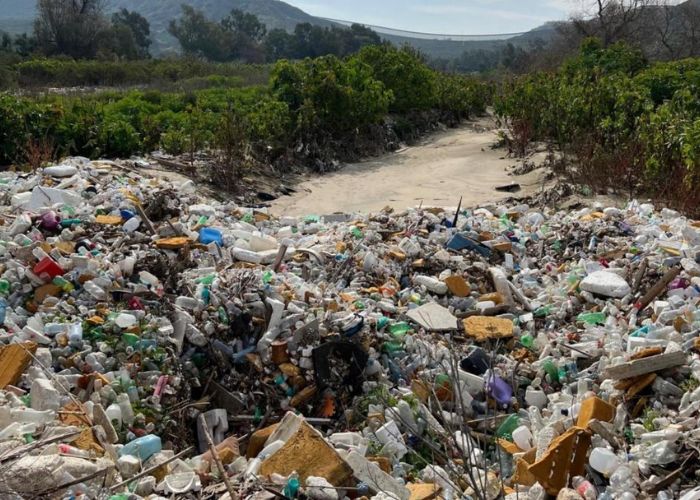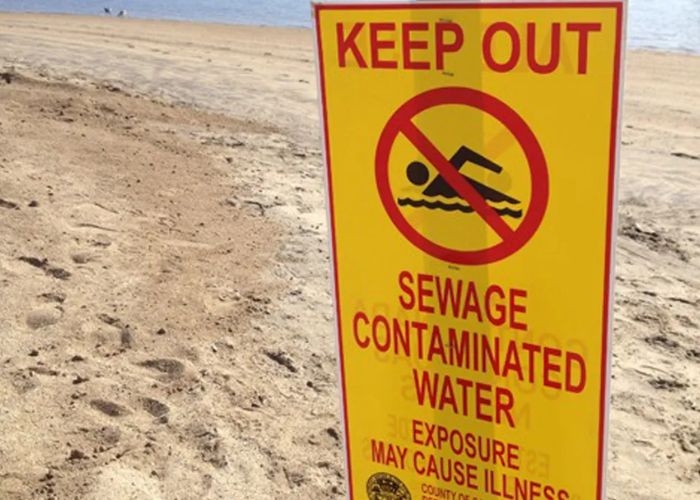The stunning beaches and coastal areas of San Diego have always been a source of great pride for me, as I have lived in the city for more than 15 years. Having the opportunity to swim, surf, and bask in the sun that is so characteristic of California has been a treasured component of my quality of life. Over the course of the past few years, however, there has been a concerning decline in the quality of the water along the coast. Read below about “San Diego’s Coastal Crisis- Water Contact Bans Due to Bacteria Surge”.
Table of Contents
Observations I’ve Made Regarding Beach Closures
It was only during the summer of 2017 that I was able to personally experience the severity of San Diego’s coastal water crisis. We were eager to spend a day at the beach with friends who were coming from out of town, so we traveled to Mission Beach. However, when we arrived, we were met by caution signs that prohibited us from coming into touch with water. As people avoided the polluted water, the beach was almost completely devoid of people. It was disheartening to witness a beach scene that was normally full of activity yet had been made dead by pollution.
I have seen that beach closures have been more frequent over the course of the last ten years, particularly during and after storm-related events. Due to the fact that I am an active ocean swimmer and surfer, I have had to make numerous adjustments to my plans and places in order to avoid bacteria-filled waters. When you don’t know whether or not your favorite beach will be safe on any particular day, it can be very annoying.
What Causes Contamination and What Its Effects Are

I have a thorough understanding of the primary causes and consequences of the bacteria problem that San Diego’s beaches are experiencing as a result of my job as an environmental scientist. The primary source of the problem is urban runoff, which contains fecal germs from a variety of sources, including pet waste, sewage breaks, and homeless encampments that are pushed into the ocean during storms.
Having examined the data, I have observed that a single day of intense rainfall can result in the proliferation of bacteria counts that are up to 25 times higher than the acceptable threshold. As a result of the fact that climate change models predict that Southern California will experience more extreme weather, the frequency of pollution occurrences is anticipated to grow.
As a result of contamination, one runs the danger of experiencing a variety of adverse health impacts, including rashes, infections, respiratory illnesses, and even death in the most severe instances. In addition, there are adverse effects on the economy and society. Beach tourism and recreation suffer a significant setback when the number of days that are suitable for swimming decreases.
In my capacity as a member of the Surfrider Foundation and other conservation organizations, I have had the opportunity to take part in beach cleanups and have personally witnessed the magnitude of the pollution caused by urban runoff. It cannot be tolerated that the populations and ecosystems along San Diego’s shoreline are being subjected to destructive environmental effects.
Creative Methods for Maintaining a Clean Coast
The good news is that there are measures available to tackle pollution in coastal areas. Through my work, I am lobbying for green infrastructure projects that are designed to absorb stormwater. Some examples of these projects are bioswales, retention basins, and urban tree canopies. In addition, it is essential to upgrade aged sewer systems in order to prevent leaks.
It is heartening to see municipalities such as Imperial Beach taking the initiative to financially support treatment wetlands and file lawsuits against polluters. It is possible for each of us to contribute by picking up waste from pets, reducing the amount of fertilizer we use, and putting pressure on policymakers to make changes.
Conclusion
For my part, I put my scientific expertise to use by talking with various agencies and officials about the most effective methods for monitoring and reducing contamination. I have hope that we will be able to bring San Diego’s beaches back to their former splendor after they have been deteriorating for years.
One of the things that makes this city so well-known and livable is its shoreline. I believe that we will be able to have beaches that are so clean that they are once again safe for swimming and animals if we all make a commitment to conservation together. That we leave behind in America’s Finest City a legacy of sustainability and good stewardship is something that we owe to the generations that will come after us. I hope you like reading “San Diego’s Coastal Crisis- Water Contact Bans Due to Bacteria Surge”.

Jamal is the knowledgeable voice behind EDB Travel, bringing over 4 years of experience in travel writing and destination expertise. Holding a degree in Tourism Management, Jamal specializes in showcasing Jamaica’s rich culture, vibrant attractions, and hidden gems. His extensive background and local insights provide readers with valuable tips and in-depth guides to explore Jamaica like a pro. Follow Jamal on Pinterest and Instagram for the latest travel inspirations and updates.

